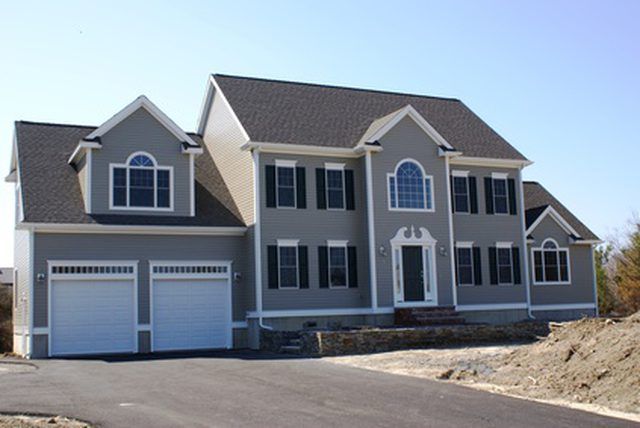Bulbs
Flower Basics
Flower Beds & Specialty Gardens
Flower Garden
Garden Furniture
Garden Gnomes
Garden Seeds
Garden Sheds
Garden Statues
Garden Tools & Supplies
Gardening Basics
Green & Organic
Groundcovers & Vines
Growing Annuals
Growing Basil
Growing Beans
Growing Berries
Growing Blueberries
Growing Cactus
Growing Corn
Growing Cotton
Growing Edibles
Growing Flowers
Growing Garlic
Growing Grapes
Growing Grass
Growing Herbs
Growing Jasmine
Growing Mint
Growing Mushrooms
Orchids
Growing Peanuts
Growing Perennials
Growing Plants
Growing Rosemary
Growing Roses
Growing Strawberries
Growing Sunflowers
Growing Thyme
Growing Tomatoes
Growing Tulips
Growing Vegetables
Herb Basics
Herb Garden
Indoor Growing
Landscaping Basics
Landscaping Patios
Landscaping Plants
Landscaping Shrubs
Landscaping Trees
Landscaping Walks & Pathways
Lawn Basics
Lawn Maintenance
Lawn Mowers
Lawn Ornaments
Lawn Planting
Lawn Tools
Outdoor Growing
Overall Landscape Planning
Pests, Weeds & Problems
Plant Basics
Rock Garden
Rose Garden
Shrubs
Soil
Specialty Gardens
Trees
Vegetable Garden
Yard Maintenance
How to Draw an Elevation in a Landscape Designs
How to Draw an Elevation in a Landscape Designs. An aerial view of the landscape provides a basic plan for placement, showing the location of plants, water features and other elements that effect design such as buildings and patios. Elevation landscape drawings provide the head-on view, showing relative heights of landscape features. In this view,...

An aerial view of the landscape provides a basic plan for placement, showing the location of plants, water features and other elements that effect design such as buildings and patios. Elevation landscape drawings provide the head-on view, showing relative heights of landscape features. In this view, a sunken patio, a hillside, a hedge, a gate and a raised border all show in proportion to one another. Professional landscapers study landscape drawing techniques to render designs to suit a specific setting and to convey the design features. With basic techniques, draw elevations in landscape to plan a yard or other project.
Things You'll Need
Elevation landscape drawings in books or websites
Tape measure
Graph paper
Pencils, 2H
Color pencils
Gum eraser
Scale ruler---architect's triangle (optional)
Ruler
Examine elevation landscape drawings in books or websites to have models to work from.
Select the view for the elevation landscape drawing. For example, draw the front yard in a straight-on view from the street.
Measure the yard and the relevant features. For example, measure across the front yard from the fence on one side to the fence on the other side. Measure the width and height of the front gate. Measure the height and width of any existing landscape features such as statues, flowerbed borders, boulders, retaining walls, shrubs, trees and any other permanent elements that show in the front-yard view.
Draw the foreground elements in the front of the elevation landscape design. Create a practice sketch on grid paper using the scale of 1 inch to 1 foot and draw the elevation view on graph paper in pencil. For example, draw the gate in front. If the gateposts measure 7 feet tall, draw a line extending up 7 squares. Half a square equals half a foot.
Fill in all the features of the yard for the elevation view, placing items that are farther back from the front in their relative positions to the foreground elements and the house. For example, if a statue is lined up in front of the living room window, center it that way on the elevation drawing.
Stand at the viewpoint position of the elevation drawing to check the accuracy. Check that you represented all the stationary features of the landscape---items that stay in place---in the elevation drawing. Erase and correct any errors. For example, if the flag pole was missing, draw it in, and carefully erase the background lines that cross the flagpole lines.
Fill in plants such as trees and shrubs in green pencil, statues in gray, color in the house, gate and other features.
Tips & Warnings
If the yard has a privacy fence, draw the view of the yard from inside the fence.
If there are large elements obscuring the area you want to design, create an elevation landscape drawing with an angled viewpoint---for example, stand at the corner of the yard, where you can see past the hedge to a view of the fountain to decide where you want to place benches and plants.
Large area landscape plans are commonly rendered at a 1-to-8 or 1-to-10 scale. To draw the former without a scale ruler, use a regular ruler with 1/8 inch equaling 1 foot.
Use tracing paper to make multiple designs for the same view.